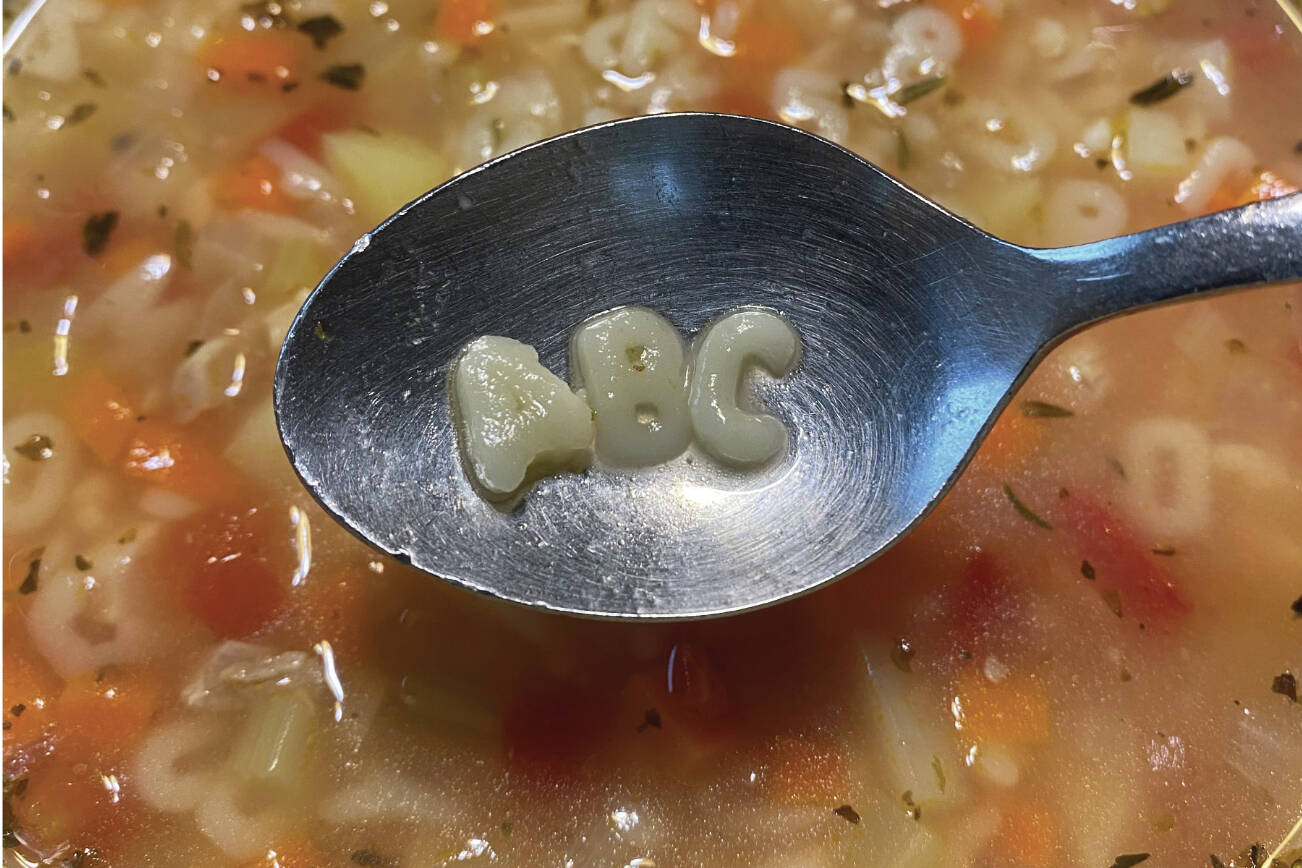This column draws multiple questions about the state from potential visitors who are interested in such things as sightseeing tips, why we live here, and our interface with the wild critters surrounding us.
Note: How they found Unhinged Alaska in the first place remains a mystery to this day.
The comments and inquires run the gamut from serious queries to those penned by quirky individuals who write in block letters with multicolored Crayons.
For this column, a review of the files found one inquisitive theme that kept surfacing in the emails presumably not written by those not heavily medicated or profoundly in need of it.
Simply put, why don’t I pen something serious and truly informative? It seems that my style insults some of the intelligentsia who author odes to tree moss and/or are devout lingcod whisperers.
So, I’ve decided to pen an enlightened discourse on an Alaska wildlife icon, the moose. The piece should put me in good stead with serious authors, those who don’t require institutionalization, and tourist information centers throughout the state.
We begin:
The Alaska Moose (Alces alces gigas)
Moose derive their name from the Native American word, “Moswa,” meaning “twig eater” or “big, hairy, flower garden-snarfin, s.o.b.”
Standing up to 7 feet at the shoulders and weighing up to 1,800 pounds (depending on the claims of the one who shot it) moose are the largest members of the deer family. Due to their size, they have few natural predators except ravenous creatures with fangs or peeps packin’ large caliber firearms and driving amphibious assault vehicles.
Moose are remarkably agile and capable of running up to speeds of 35 miles per hour. Unfortunately, this capability sucks when they fail to look both ways crossing highways and are prematurely morphed into stew meat. Plus, they have terrible eyesight, in the first place.
But, on a higher note, they can swim 6 mph for 10 miles without stopping and have much better luck not colliding with canoes.
The beasts are solitary animals. However, during the breeding season, they will gather in small herds to seek out mates.
Females attract males with their loud moaning vocalizations and strong scents while males put on threatening displays when competing over the females. Sometimes these result in pushing fights but rarely get very serious, thus avoiding unfortunate consequences such as acute death. Similar wildlife scenes may be observed in local bars usually toward closing time.
In late May or early June pregnant females will usually give birth to one calf, but twins also are common. Moose calves weigh around 25 pounds and will gain more than 2 pounds a day while nursing and are weaned at around five to six months.
They are exceptionally cute and appear innocently huggable. This is not a primo idea even if they seem to be abandoned. Mom is usually close by and tends to turn anything she feels may threaten her offspring into instant dirt yogurt.
It’s said that she could probably drop-kick a wolf through the center of a set of goal posts from the 50-yard line. Of course, an idiot human would be a tougher challenge but the highly pissed cow would still give it a profound shot.
She keeps this protective ‘tude for about a year and then runs the kid(s) off if she has new cargo installed in her reproductive launching silo.
Moose are considered fully mature at 4 to 5 years of age and have an average life span of 10 to 15 years plus, especially if more than one brain cell associated with basic survivor skills kicks in during their formative years.
Bonus info: The European moose (Acles acles acles) that chill out in Sweden are smaller and supposedly live 20 to 25 years, resulting in the country having the world’s densest population of the critters. This causes greenies great angst because massive ungulate flatulence emissions directly contribute to global warming and no one has been able to figure out how to force them to purchase carbon offset credits, yet.
Bonus facts: Moose have hollow hair, 27 chromosomes, 32 teeth, stylish dewlap and their front legs are longer than their back ones.
OK now, hopefully, I’ve set a new tone for Unhinged Alaska that the cerebral will appreciate not denigrate in the future.
Although, to be truthful, scripting a scientific treatise about moose has stimulated a need for additional library research because another important fact about moose is that they are delicious so I’ll be prowling the library in search more old pioneer recipes.
Nick can be reached at ncvarney@gmail.com if he isn’t busy drafting his next intriguing wildlife report titled, “Housebreaking A Wolverine” subtitled “Sudden Death On The Tundra.”










